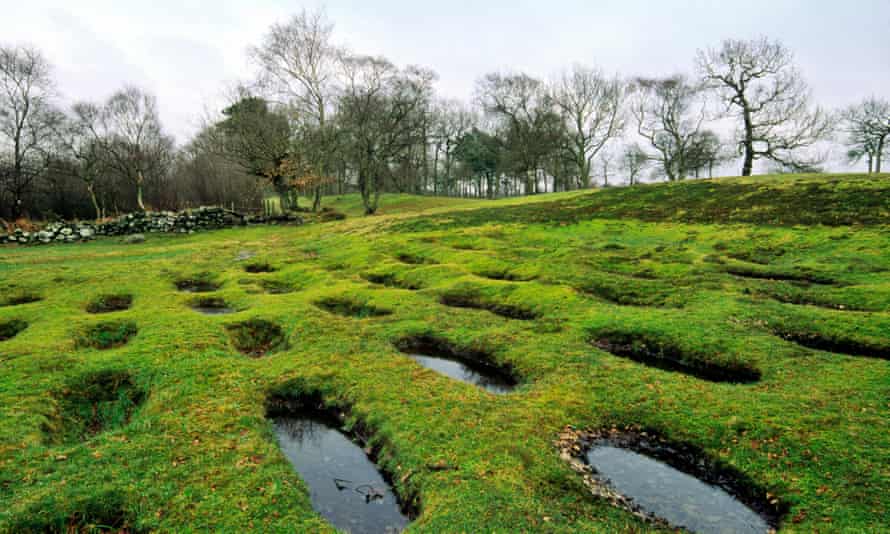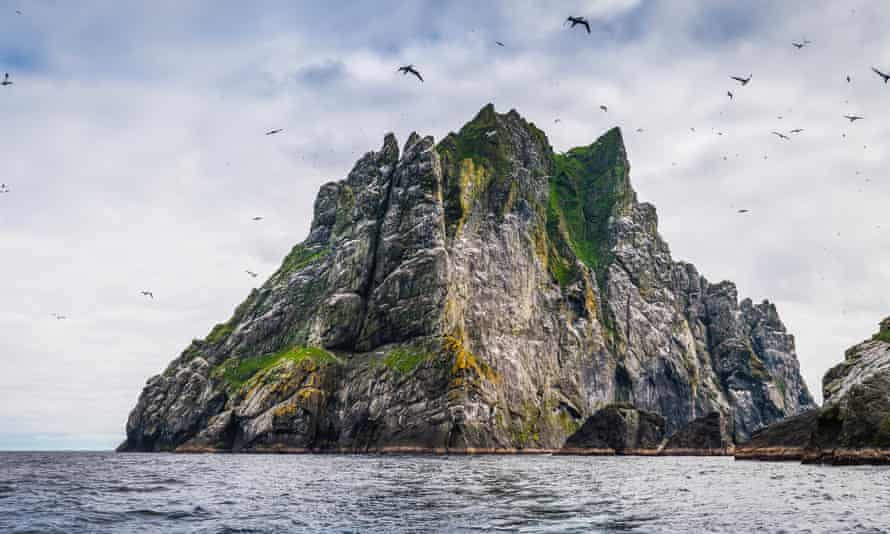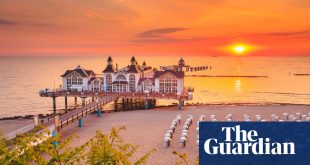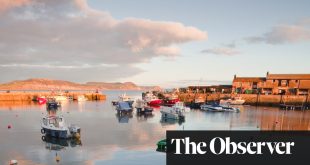Long renowned as the birthplace of literary heroes and authors such as Arthur Conan Doyle and Muriel Spark, Edinburgh is one of 13 sites in Scotland recognised by Unesco as a place of international importance.
Now the city, along with the nearby Forth Bridge connecting it to Fife, will become part of the world’s first ever Unesco trail.
Designed to help transform Scotland into a world-leading responsible tourism destination, the digital trail connects together for the first time all of Scotland’s Unesco world heritage sites, biospheres, geoparks and cities of culture.
Under a wider initiative of promoting responsible tourism, the Scottish government has collaborated with tourism and heritage organisations to launch the trail ahead of the COP 26 climate change summit being held in Glasgow from 31 October.
It is hoped the trail will entice international travellers back to Scotland, encouraging them to stay longer, visit all year round, explore more widely, and in turn, contribute to the sustainable quality of life of those communities surrounding the designated sites.

Scottish tourism minister Ivan McKee officially launched the trail in Dundee, the Unesco City of Design, by unveiling a specially commissioned design by illustrator and printmaker Jagoda Sadowska.
The design by Sadowska, a graduate of the city’s Duncan of Jordanstone College of Art, will be printed onto a door to be incorporated into the city’s Open/Close tour as a permanent legacy of the trail.
McKee said tourism was key to Scotland’s economy and, as the country began to recover from the pandemic, the collaboration could not have been more timely.
“It will help to attract and welcome both domestic and international visitors again,” he added.
Highlights include the isolated archipelago of St Kilda 40 miles west of the Outer Hebrides, without permanent residents since 1930 and home to more than one million seabirds; frontiers of the Roman empire in the remains of the Antonine Wall in Lanarkshire dating back to 142AD; the purpose-built 18th-century mill village at New Lanark; and neolithic Orkney.
“As we approach COP26, I’m pleased to see that the Unesco trail has sustainability at its core and will help visitors make responsible and sustainable choices by highlighting green accredited businesses and promoting environmentally friendly travel,” McKee said.

The trail, which has included £360,000 of funding from the Scottish government, is being promoted via a dedicated website and a short film.
Francesca Osowska, chair of Scotland’s Unesco Trail Steering Group, said responsible tourism and greener travel were at the heart of the tourism chiefs’ ambitions for the Unesco Trail.
“The trail is a hugely exciting global first, inspiring visitors to Scotland to journey through its unique natural and cultural heritage. This will lead to a more sustainable economy and will help to create better places for people to live and visit in every corner of Scotland. This is so essential as we work to tackle the nature loss and climate change crises and prepare to host COP26,” she said.

Rob Dickson, VisitScotland’s director of industry and development, said the tourism body was focused on the recovery of the industry, building a destination and visitor experience that allowed tourism and events to flourish.
“We’ll continue to work with, and support, businesses to ensure we rebuild this vital part of Scotland’s economy. Tourism is a force for good – creating economic and social value in every corner of Scotland and enhancing the well-being of everyone who experiences it,” he added.
The full list of destinations included in Scotland’s Unesco Trail are:
-
The Galloway & Southern Ayrshire Unesco biosphere
-
Wester Ross Unesco biosphere
-
Dundee Unesco City of Design
-
Edinburgh Unesco City of Literature
-
Glasgow Unesco City of Music
-
Shetland Unesco global geopark
-
North West Highlands Unesco global geopark
-
Forth Bridge Unesco world heritage site
-
Frontiers of the Roman Empire: Antonine Wall Unesco world heritage site
-
New Lanark Unesco world heritage site
-
Heart of Neolithic Orkney Unesco world heritage site
-
Old and New Towns of Edinburgh Unesco world heritage site
-
St Kilda world heritage site
The digital trail is available at visitscotland.com/unesco-trail
 Top Naija News: Nigerian News, Breaking News Nigeria and World News Top Naija News is a daily news publication in Nigeria, delivering the latest breaking news in Nigeria and around the world.
Top Naija News: Nigerian News, Breaking News Nigeria and World News Top Naija News is a daily news publication in Nigeria, delivering the latest breaking news in Nigeria and around the world.



